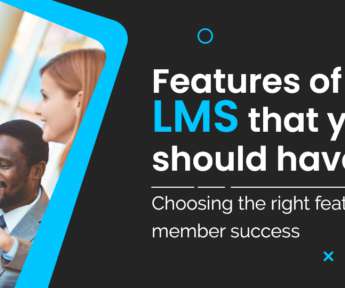Features of Association LMS that your Association should have
Paradiso Solutions
JUNE 13, 2022
For example, your LMS should be able to track and manage a virtual classroom , online webinar , on-the-job, testing, external training , blended learning , and other types of training. This includes the business case, requirement definition, RFP , contracting, deployment, content development, and improvement.
















Let's personalize your content